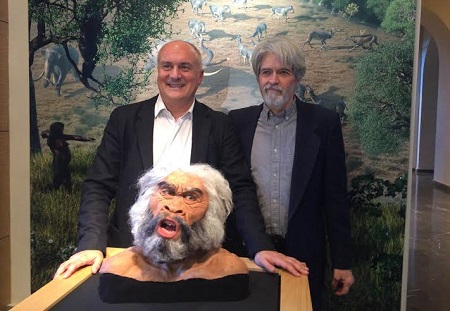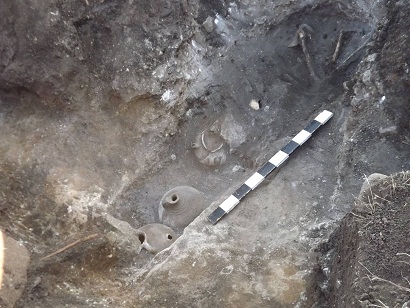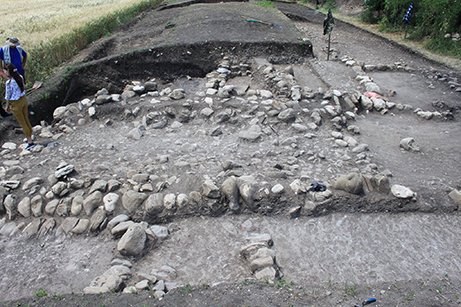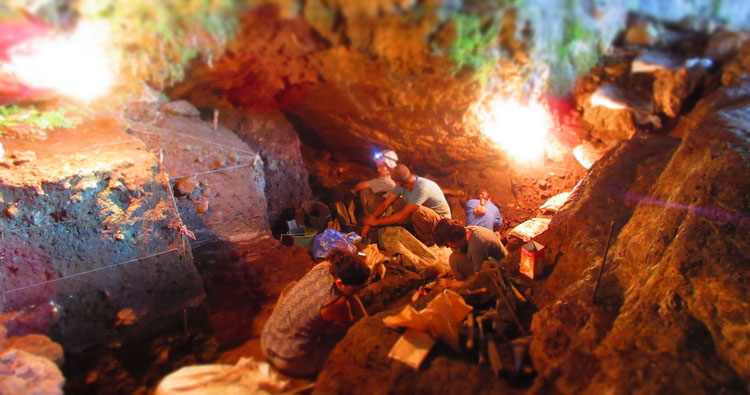Missing piece of European ancestry jigsaw found in Georgia
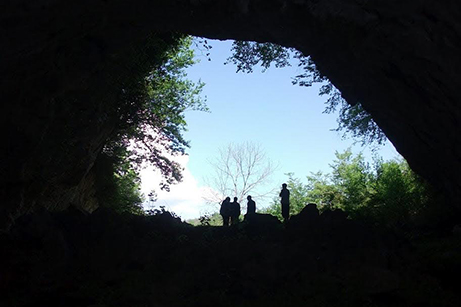
Scientists have discovered a previously missing piece of European lineage after successfully analysing remains of two ancient individuals found in western Georgia.
The archaeologists’ full report was released yesterday in the latest Nature Communication magazine, which revealed the huge importance of the finding.
The discovery was made after geneticists successfully completed DNA sequencing – the process of determining succession of genes – from the remains discovered in the Kotias Klde rock shelter and the Satsurblia Cave sites.
Dating back 13,300 and 9,700 years respectively, the remains enabled the scientists to discover the previously unknown fourth component in the DNA of the ancient hunter-gatherers who migrated to Europe around 5,000 years ago.
Previously only three links of the lineage were known: early hunter-gatherer groups migrating to the continent from Africa 45,000 years ago, agricultural migrants from the Levant and the northern Eurasian herding tribes called the Yamnaia.
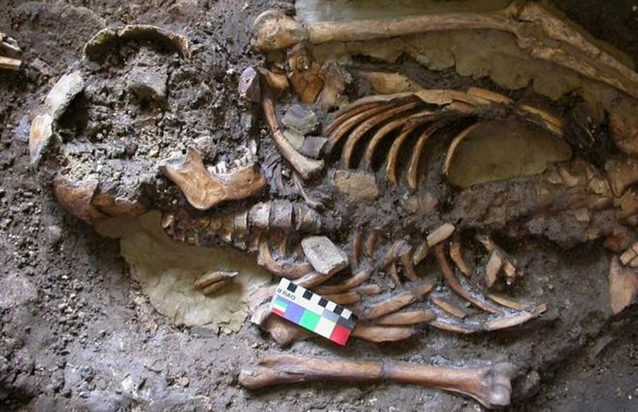
Remains dating back 9,700 years were discovered in the Kotias Klde rock shelter in western Georgia. Photo by Eppie Jones.
The researchers said the genomes found in the two Caucasian remains were probably the source of the mysterious farmer DNA of the Yamnaia group as the former came into contact with other tribes following the end of the Ice Age.
The new finding ended the mystery of the origins of the Yamnaia group while the DNA found in the remains might also have been the source of the spread of Indo-European languages in the area of modern Europe.
The question of where the Yamnaya come from has been something of a mystery up to now. We can now answer that as we've found that their genetic make-up is a mix of Eastern European hunter-gatherers and a population from this pocket of Caucasus hunter-gatherers who weathered much of the last Ice Age in apparent isolation,” said Dr Andrea Manica of the University of Cambridge and one of the authors of the study.
The remains were discovered at Paleolithic sites in western Georgia where Georgian National Museum’s international expedition headed by Tengiz Meshveliani was carrying out archaeological work.
The full scientific report in the Nature Communication magazine, authored by a group of Georgian and foreign scientists, can be found here.
A related press conference and exhibition will present the findings at the Museum auditorium in Tbilisi tomorrow, Wednesday November 18.
 Tweet
Tweet  Share
Share

